FENG SHUI | FIVE ELEMENTS
The five elements diagram is a view of how the elemental energies interact. In it’s balanced state, it is in harmony. Yet each element can strengthen or weaken other elements in a variety of beneficial and detrimental ways. When calculating the energy blueprint of a property, these interactions provide the key to correcting issues within a property.

As an Architect, I have described the five elements under the following headings so that you can decide whether it is suited for your requirement and your space:
WHAT ARE THE FIVE ELEMENTS?
In Feng Shui, the Five Elements are Wood, Fire, Earth, Metal and Water. Here is a brief description of each of these elements, the colours they are represented by and the directions that they represent. It is best to express Feng Shui elements in a subtle way, with visually pleasing and aesthetically appropriate items that go well with your home or office decor.
WOOD:
In Feng Shui, Wood is represented by the colour green and represents the ‘East’ direction and the ‘Chen’ trigram. It also represents the South-East and the ‘Sun’ trigram.
The element ‘Wood’ is is the originator of the five elemental cycle and is thought of as the beginning of new life, because it stands for plants. Many people mistakenly associate the wood element with wood furniture. But in Feng Shui, wooden furniture is considered lifeless and so, it is essential to use ‘live wood’, like a bushy plant or shrub, since living plants recycle the air you breathe and are a natural filter for the air.
WOOD REMEDY:
Thus, to bring a strong presence of the wood Feng Shui element when you need it, a live plant or green colour can be used. But the plant should be placed in the right direction and right sector in a house. (This will be dealt with, in another chapter – BAGUA SECTORS). Colours generally do not have as much effect as the actual element, in Feng Shui.
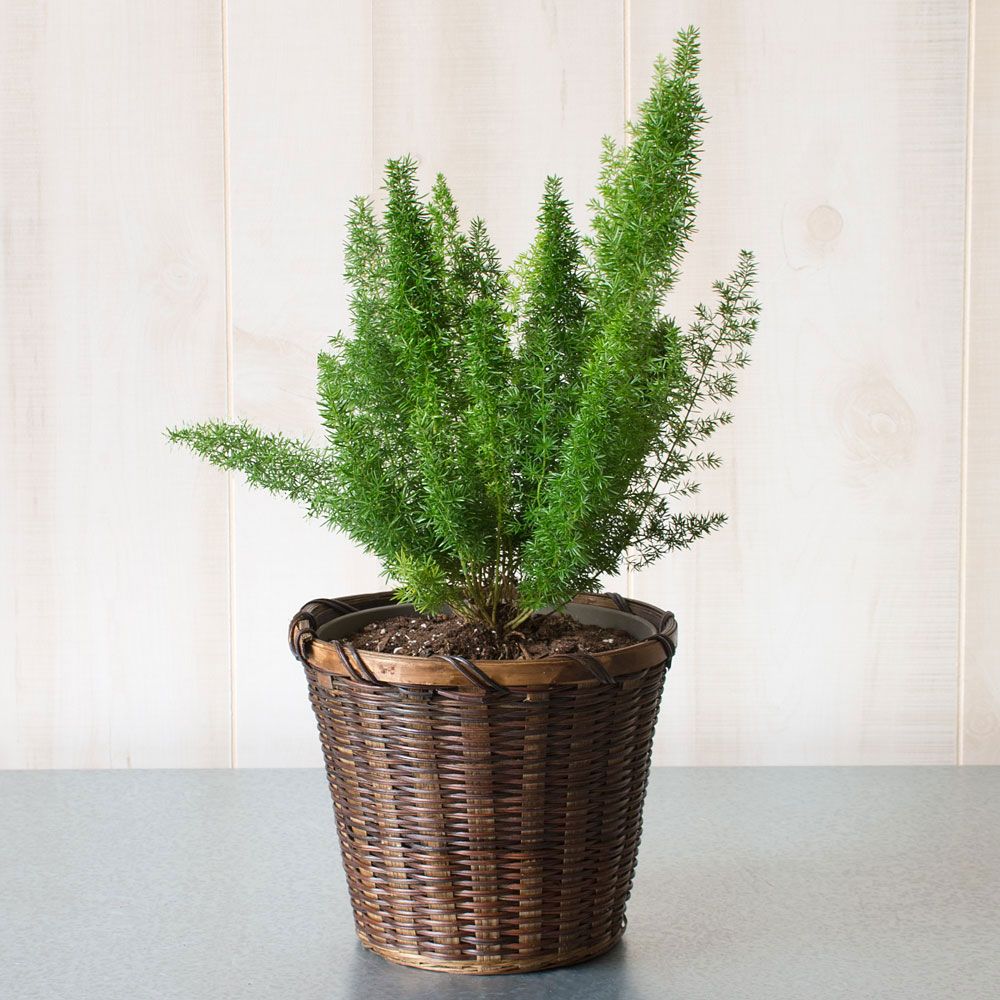
FIRE:
Fire is represented by the colour ‘red’ and represents the direction – ‘South’ and the ‘Li’ trigram. Fire stands for the hot summer heat or a blast of heat.
FIRE REMEDY:
Examples: A red night lamp or a table lamp with a red shade make excellent ‘fire’ remedies.
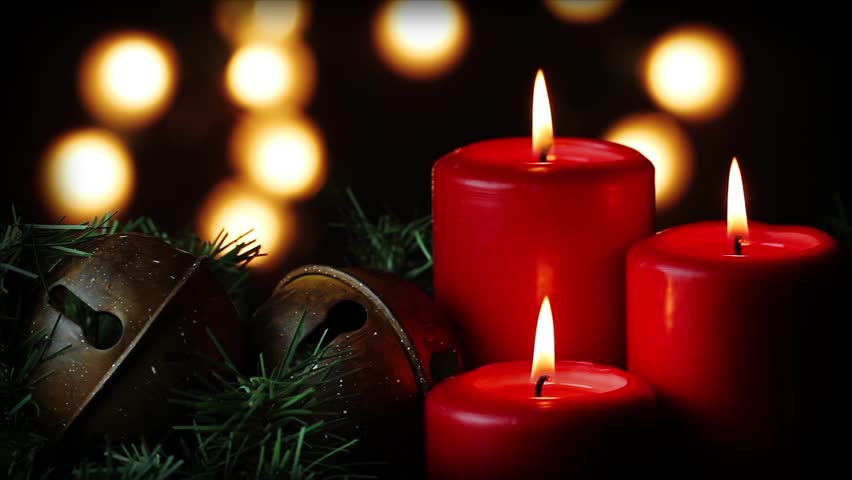
EARTH:
Earth is represented by the ‘earth tone’ colours and represents the direction- ‘North-East’ and the ‘Ken’ trigram. It also represents the ‘South-West’ and the ‘Kun’ trigram. Additionally, it represents the ‘centre’ of the trigram. The element ‘Earth’ stands for mountain and earth natural materials.
EARTH REMEDY:
Granite boulders, beautiful clay statues, terracotta pots filled with potting soil, etc. all are good and beautiful ‘earth’ remedies.
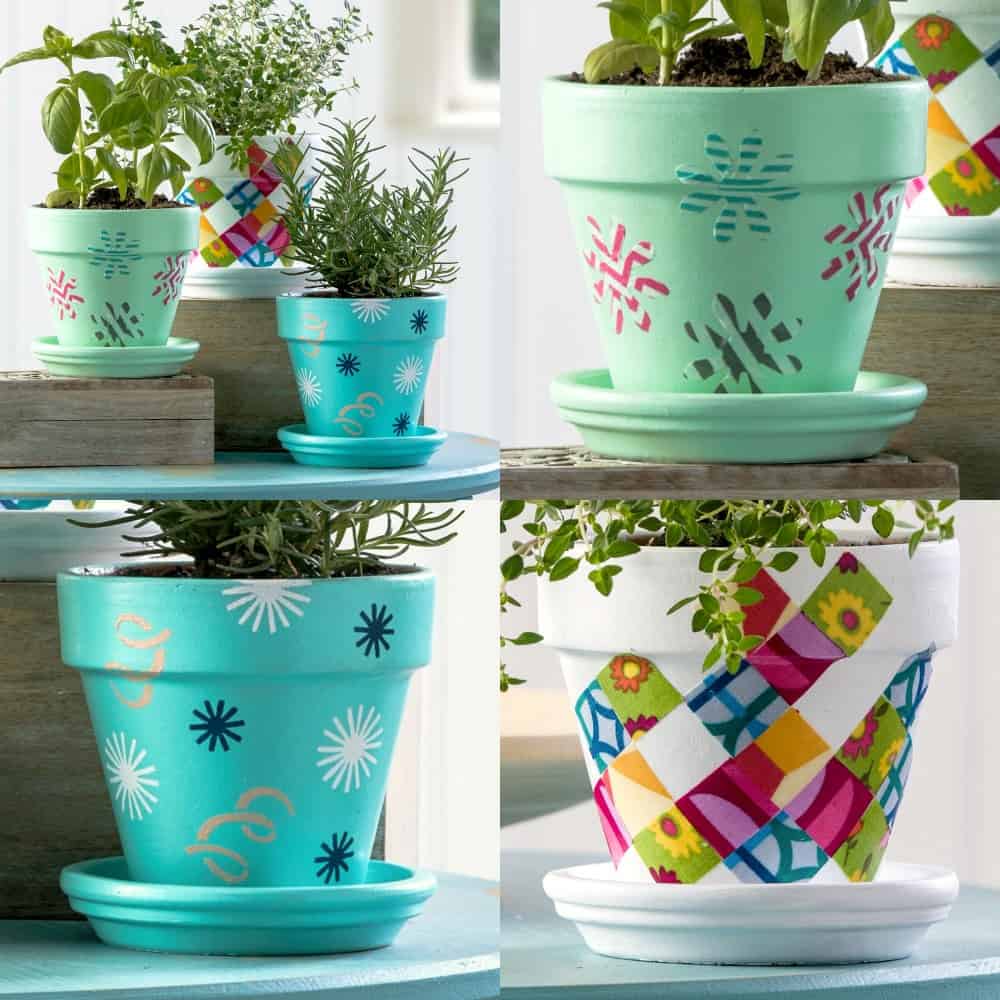
METAL:
Metal can be found in all forms- copper, silver, gold and bronze and is represented by the colours of white, silver or gold and represents the direction- ‘West’ and the ‘Tui’ trigram. It also represents the ‘North-West’ and the ‘Chien’ trigram.
METAL REMEDY:
Metal is the most commonly used Feng Shui remedy because of it’s easy availability and the fact that it can be used in the form of objects of art to beautify the space instead of standing out like obvious Feng Shui objects. It could be in the form of silver objects, bronze plates or a brass pot.

WATER:
Water is represented by the colours blue or black and represents the ‘Kan’ trigram in the North direction. Water gives life and without it, life would not exist. Most flourishing cities are located near water bodies like lakes or rivers. Hence in Feng Shui, Water is a very useful element and is easily available. Hence, residences near water bodies are always sold or bought at a premium.
WATER REMEDY:
Water used as a remedy, should be flowing and clear and stagnant water is not suitable. An aquarium or a fountain or a fish pond can be used to bring a strong presence of the ‘water’ element.

While the elements and their uses have been detailed above, they should not be used haphazardly. Ideally a proper Feng Shui analysis should be done by a qualified practitioner, because if used incorrectly, the elements can cause harm to relationships, health and prosperity. Some examples of the usage of the five elements have been explained here:
This post describes the five elements in Feng Shui. Each of these elements is associated with specific colours and shapes. When using these elements as remedies, they can be used as such or can be represented by their colours and shapes. For more information on this, go to:
VASTU SHASTRA AND FENG SHUI SIMILARITY
Feng Shui is conceptually similar to its Indian counterpart “Vastu Shastra“ in that, they both try to harmonize the flow of life-energy (“Chi” in Feng Shui or “Prana” in Vastu) through the house. You can read more about the Vastu Factor, the Five elements here:
Related Topics:
- Feng Shui
- Feng Shui Principles
- Feng Shui Principles Applied To A Proposed Building
- Feng Shui Principles Applied To An Existing Building
If you found this post useful, all it takes is a simple click on the “pin it” “like,” “share,” “tweet,” or Google+ buttons below the post. Thank you!


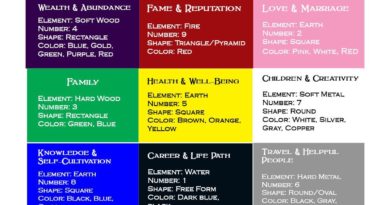
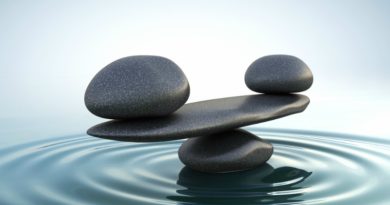

Thanks for your valuable and easy to understand content. My main concern is the centre of my apartment falls in between parts of the bathroom,kitchen, living rooms but actually contains a huge blocked off area behind the walls which houses the central piping and drainage systems of the building. How can I optimize this space to enhance the chi ?